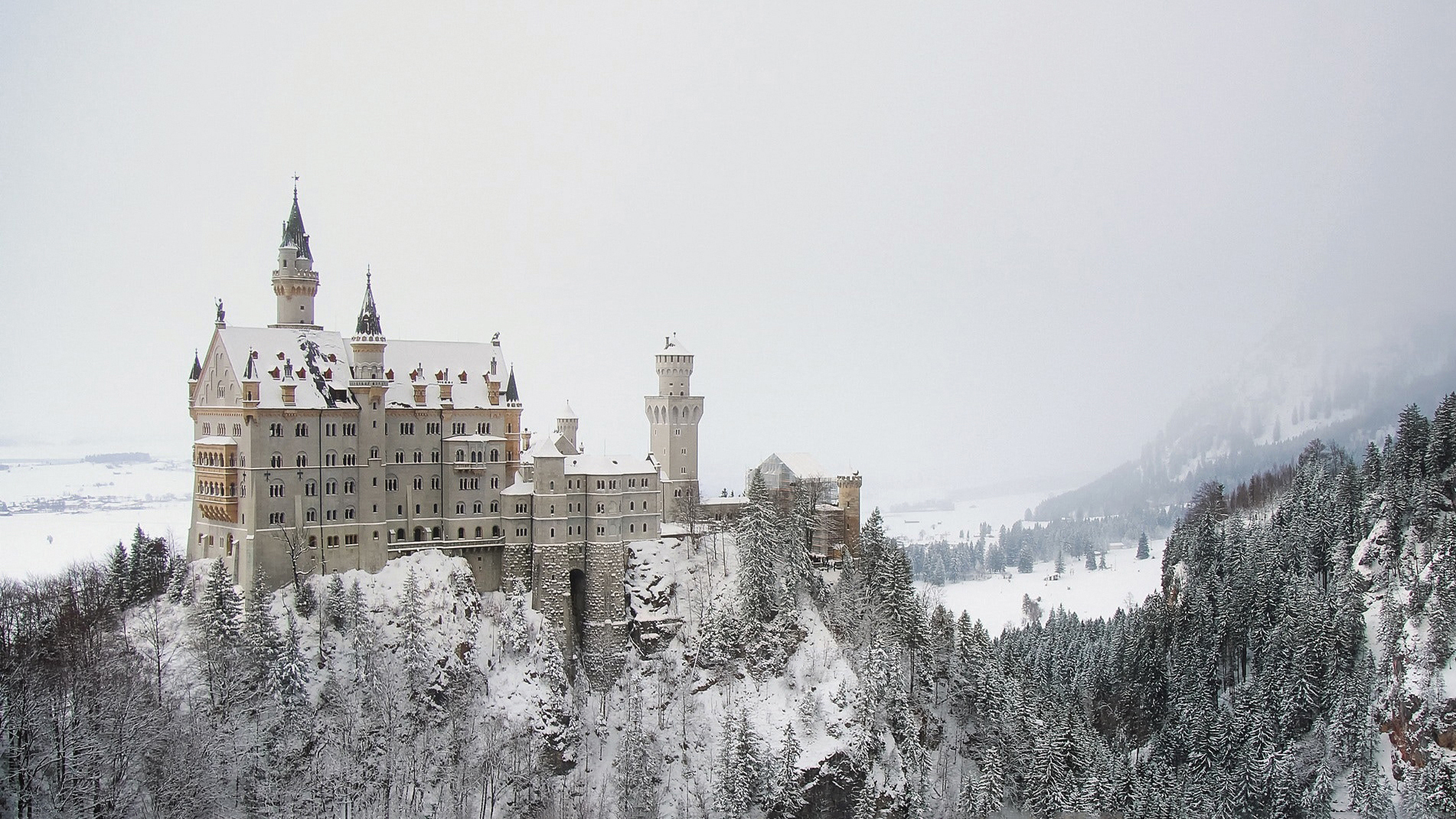
Bavaria Euphoria: Visitors come here for the beer – but also a countryside of fairy-tale castles and folksy festivals
The southern German state of Bavaria is so full of charm and beguiling beauty that it has been known to stimulate feelings of envy in the enchanted visitor. There are castles galore and the amazing Alps to behold, as well as the cultural melting pot of Munich and a host of medieval towns and villages that flaunt their folksy credentials in this prosperous region of Europe’s richest country. Time and tradition seem to have stood still at the plethora of festivals running from spring to autumn, where the men wear leather breeches and the women parade around in intricately embroidered dresses and aprons.
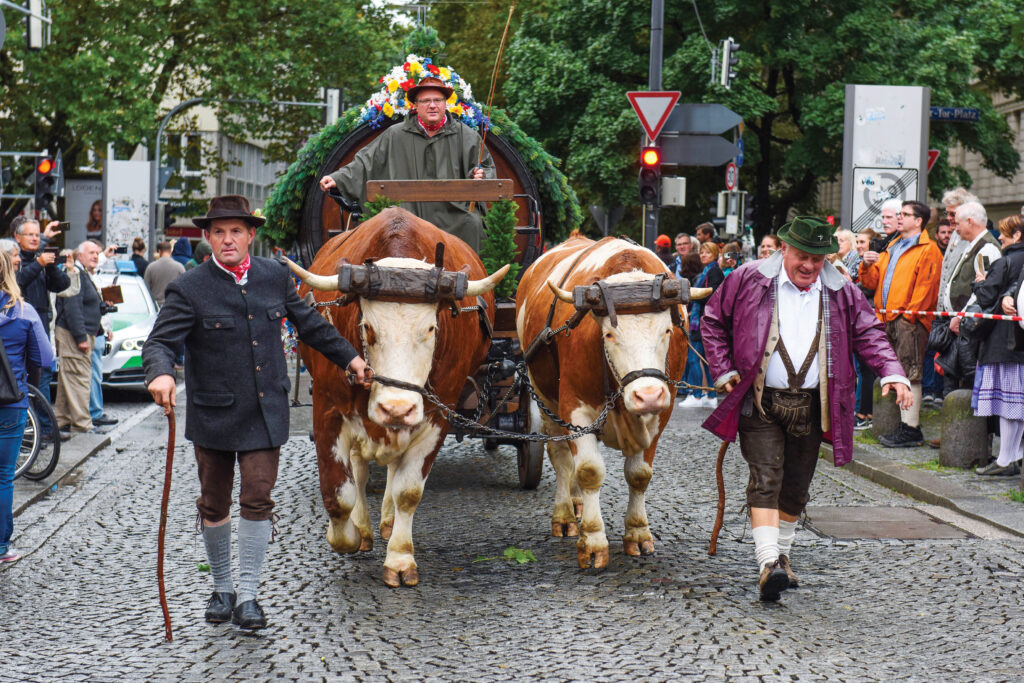
Bavaria, the largest of the states within the Federal Republic of Germany, has always had a distinct identity. The capital, Munich, is famous for its Oktoberfest, which runs from late September to early October and lures hordes of hedonists eager to indulge in the pleasures contained within raucous beer tents run by traditional breweries. Held in Theresienwiese in the centre of the city and dating back more than 200 years, this is the largest beer festival in the world and attracts millions of visitors – many joining in the hearty German spirit by donning the aforementioned lederhosen and dirndl.
Brewing pleasure
Indeed, beer gardens and beer halls are commonplace throughout Bavaria and the many local breweries are said to produce some of the world’s finest beers. These brews must adhere to strict quality and purity standards and be composed of water, hops and barley – the so-called Reinheitsgebot formula.
Munich itself houses some outstanding historic beer halls and taverns, and a visit to Hofbräuhaus is a must. Considered the most famous beer hall in the world, it has a darker side as the stage for the first Nazi Party event in 1920, but today it remains the definitive Munich pub for swaying tourists soaking up the atmosphere; the resident oompah band keeps the joyous and convivial mood flowing along with the beers.

The expansive beer gardens are marginally less crowded than the beer halls. Chinesischer Turm located within the English Garden has about 7,000 seats and an international clientele gathering for drinks in sight of the Chinese pagoda that counts as one of the city’s most notable landmarks. In Munich’s largest beer garden, Hirschgarten, Augustiner Edelstoff – first brewed by Augustinian monks in 1328 and regarded as the champagne of Bavarian beers – is served on tap from a huge wooden barrel. Other notable Bavarian beers are Lowenbräu, which dates to the 14th century and is made in Munich’s largest brewery, and Hacker- Pschorr, first mentioned in 1417.
Pigging out
As for culinary delights, the most famous of the Bavarian dishes is undoubtedly the wurst, or the sausage. They are popular across the state, but locals differ on the best time of day to enjoy them. Munich prefers its veal sausages (or weisswurst) for breakfast; Nuremberg to the north likes miniature bratwurst at lunch; and Regensburg, in between the two on the Danube river, loves the simple sausage for dinner.
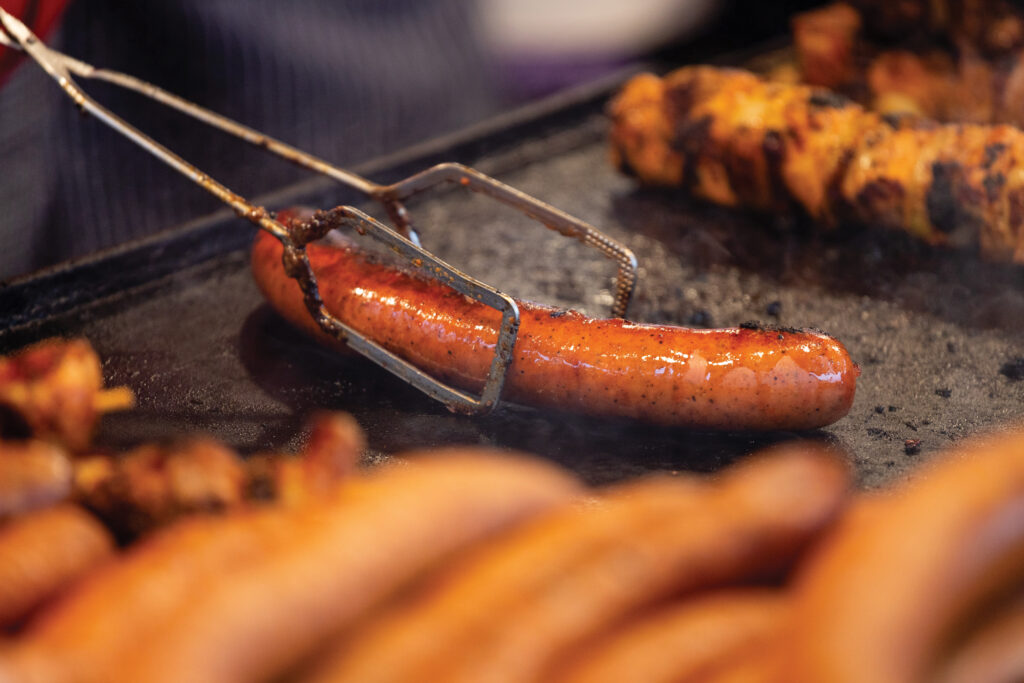
Much Bavarian cuisine has its roots in Bohemian Austrian cuisine, such as knödel (dumplings), mehlspeisen (pastries) and schnitzel. Roast pork (the succulent schweinebraten) is also a popular dish and often the meat is continuously basted with dark beer while it is roasting, so the rind develops into crispy crackling. A beer-garden favourite is “Considered the most famous beer hall in the world, Hofbräuhaus … remains the definitive Munich pub for swaying tourists soaking up the atmosphere” obatzda, a spreadable cheese made from Camembert, butter, quark, paprika and onion. Of course, Bavaria is also noted for its gorgeous desserts, most notably the delightful apfelstrudel (apple strudel); others include elderflower pancakes and steamed dumplings.
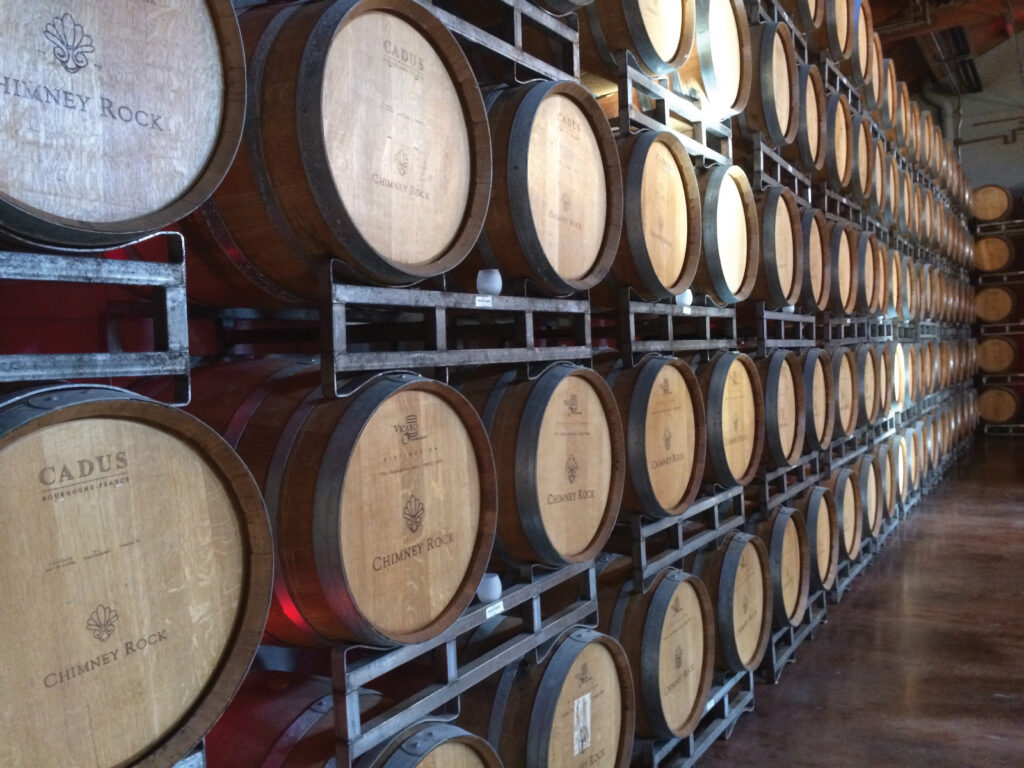
Munich boasts a plethora of cafes, bars and bistros and some outstanding restaurants. The Landersdorfer & Innerhofer has a delightful Austrian-inspired menu, while Matsuhisa Munich, sitting inside the Mandarin Oriental, offers fine dining in a fusion of Japanese and Peruvian cuisines. Aside from the Mandarin Oriental, the city has a slew of fantastic luxury hotels.
City of culture
Central Munich also embraces an outstanding museum quarter hosting Bavaria’s top art museums and other world-class attractions. There are superb science exhibits and some outstanding private collections – plenty to keep the enthusiast occupied. Like some historic areas of the city, many of the museums that were bombed during the Second World War have been painstakingly reconstructed or redeveloped. Further afield, in the north of the city lies the bowl-shaped BMW Museum, a delight for car and motorbike fans. The city is also a shopper’s haven; Residenzstraße is where the leading luxury brands are situated.
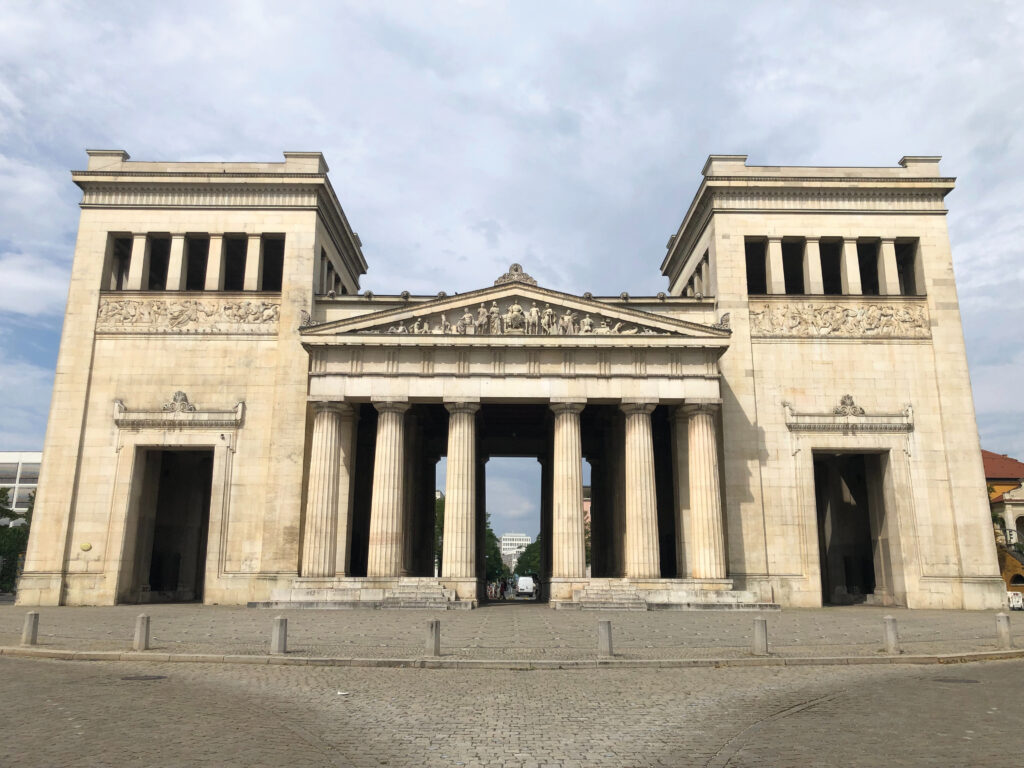
There is also magnificent theatre, concert and opera in Munich. The famed Munich Philharmonic will delight classical music lovers, while the Bavarian State Opera draws half a million visitors a year for more than 400 performances annually. An intimate and recently reconstructed historic theatre – the Staatstheater am Gärtnerplatz – hosts operas, operettas and musicals.
Land of tradition
Munich is ideally situated to explore wider Bavaria. The land is full of traditions which are played out throughout the year and the calendar is filled with picturesque rituals and spectacles. For instance, on the first Sunday in November there are processions on horseback or in painted carts throughout Bavaria in honour of St Leonard, the patron saint of horses.
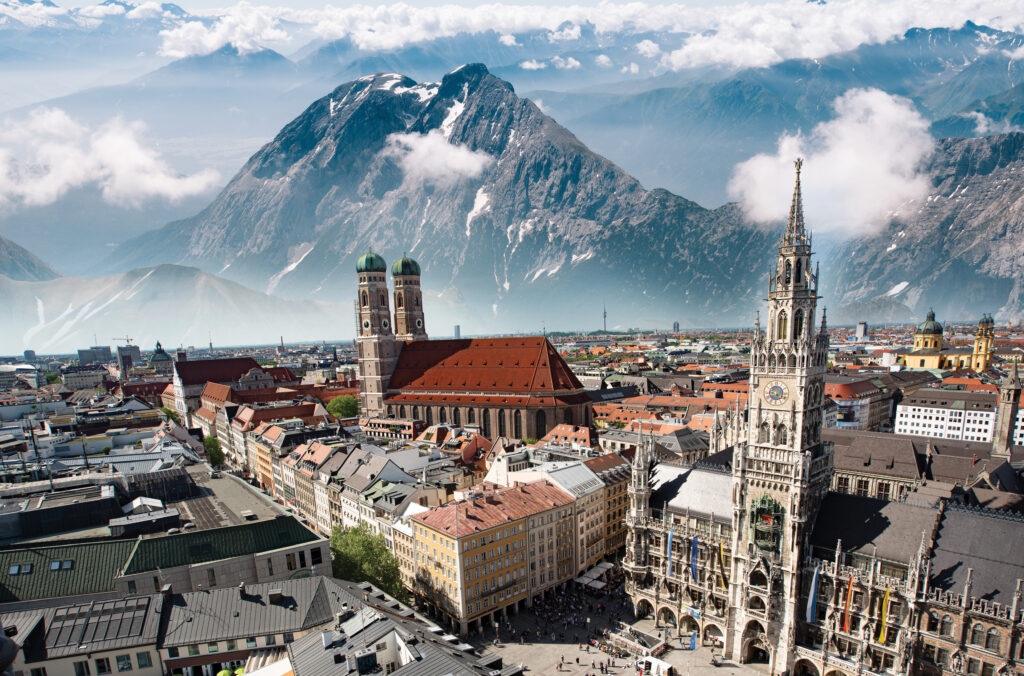
The German National Tourist Board recently revealed the Top 100 tourist destinations and many Bavarian destinations figure prominently, including Rothenburg, which achieved fourth spot and is renowned for its fantastic medieval architecture. Situated in northern Bavaria, this magical town is worth visiting.
King of the castles
Another must-see is Neuschwanstein Castle (sixth on the above list) in the foothills of the Alps, and a day trip from Munich to Füssen – which is about six kilometres from the castle – is recommended. Visits are only possible as part of a guided tour. Commissioned by oddball king Ludwig II as a homage to composer Richard Wagner, this fairy-tale castle is one of the most popular in Europe and has a mystical, romantic air nestled in a forest of fir and pine; it is breathtaking in the early morning sunrise. Ludwig himself kept an eye on construction from nearby Hohenschwangau, a neo-Gothic building where he grew up. Not far away, the Museum of Bavarian Kings on the shores of the scenic Alpsee Lake tells the story of the Wittelsbach family dynasty and their 700-year tenancy of the long-abolished Bavarian throne.
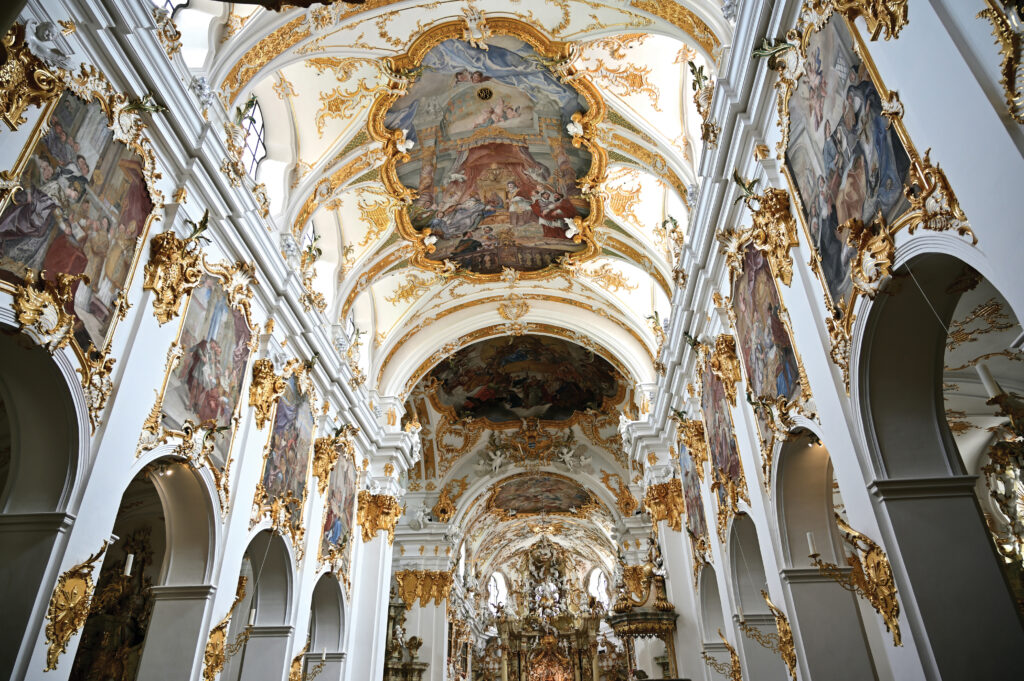
There are numerous ancient monasteries and world-famous churches within easy reach of Munich, including Wieskirche, a Unesco World Heritage Site, which is noted for its magnificent rococo interior.
See sights
The many lakes in southern Bavaria, formed by huge glaciers that melted countless centuries ago, attract water sports enthusiasts, swimmers and other outdoor activities. Chiemsee, also known as the Bavarian Sea, offers fantastic yachting opportunities.

Well worth a visit is Starnberger See, a magnificent lake surrounded by several palaces, including Berg, the summer house of the Wittelbachs. It was near here that Ludwig II died in mysterious circumstances – a cross a few metres from the shore marks the tragic scene.
Alpine heaven
Bavaria may only contain a small slither of the Alps, but the landscapes are dramatic, and Germany’s highest mountain, Zugspitze, can be easily reached by mountain railway and cable car.
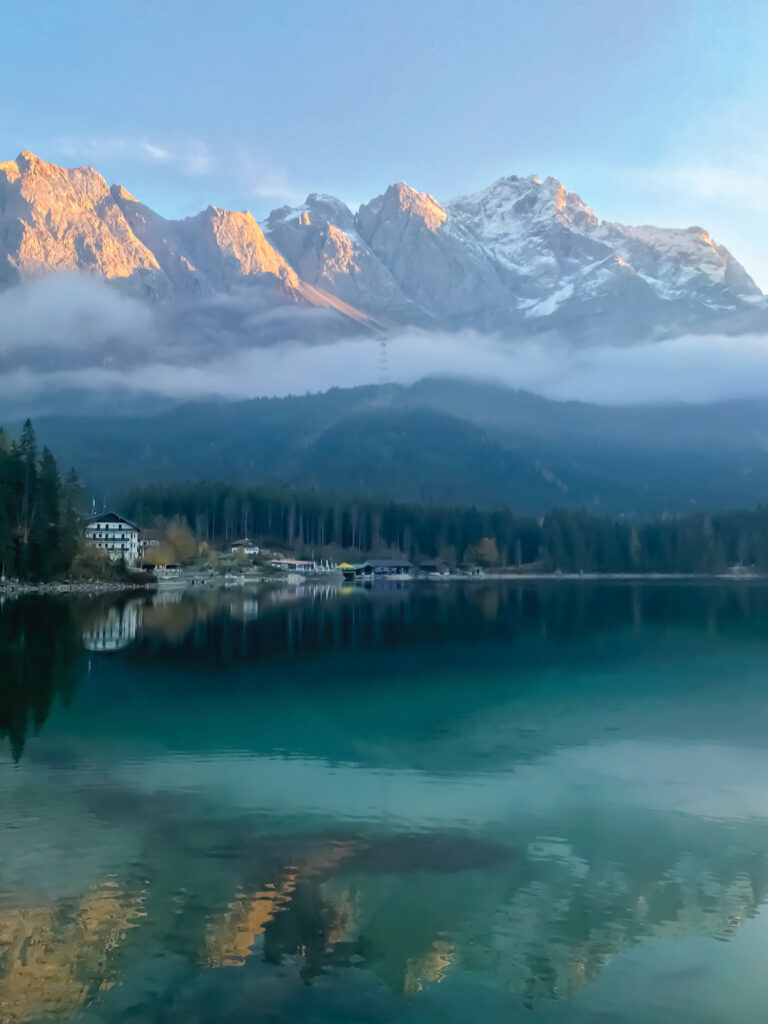
The observation platform on the top of the mountain has wonderful vistas that reach out as far as the Italian Dolomites on a clear day. The terrain is perfect for skiing in the winter, and there are countless cable cars offering access to superb ski runs.







